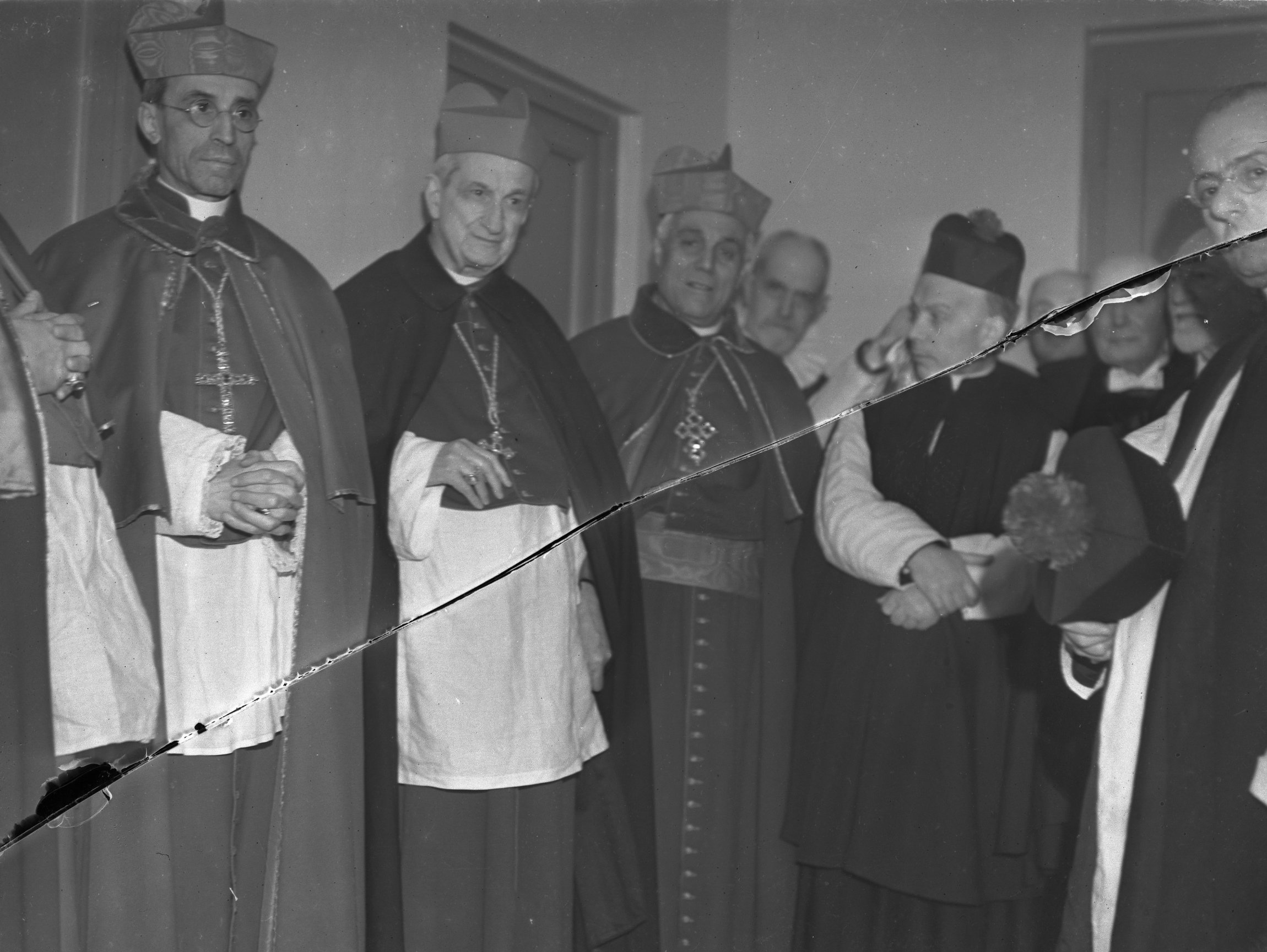
By Carol Glatz
VATICAN CITY (CNS) — There is real “cultural urgency” for the entire Catholic Church to preserve its audiovisual, documentary and other media archives and assets, Pope Francis said.
Even recently created materials are “a fragile asset that require constant care,” he wrote. “The Catholic Church has already unfortunately lost a major part of the audiovisual documentation that recounts her 19th- and 20th-century history, as a result of neglect and a lack of resources and skills.”
The pope’s comments came in a written message to the recently established Fondazione MAC — Memorie Audiovisive del Cattolicesimo (The Audiovisual Memories of Catholicism Foundation). The message, dated March 3, was published by the Vatican May 2 as foundation members held their first plenary meeting at the Vatican Library.
The technology used in producing audiovisual media “has traveled at great speed, creating a quantity of sounds and images unimaginable a few years ago, documenting the history of the world and of the church,” the pope wrote. “Today, therefore, it is also time to stop to gather and protect this enormous audiovisual patrimony to embark on a new great process of building a collective memory.”
Formally established in March, the MAC foundation was created to save, preserve and promote the value of audiovisual and other media archives related to Catholicism, the foundation said in a press release May 2.
Its main tasks, it said, include: preservation by encouraging restoration projects, such as digital restorations and digitizing archival materials; increasing accessibility by creating a “common space” online for sharing digitized collections; creating an “online environment” for cultural, academic and educational research projects; fostering scientific collaboration; and exchanging information, best practices and educational models.
Msgr. Dario Viganò, vice chancellor of the Pontifical Academy of Sciences and president of the foundation, said the idea for the foundation emerged from an interview he conducted with Pope Francis in 2021 about cinema and film. The pope, the monsignor said in the foundation’s press release, had flagged how far behind the Catholic Church was when it came to protecting its audiovisual heritage.
In his message to the foundation, the pope recalled that interview and how “I insisted on the importance of greater commitment on the part of the entire ecclesial community, and in particular the Holy See, to the stewardship of our ‘memory for images.'”
“I imagined a path that could soon lead to the birth of an institution that ‘functions as a central archive for the permanent and ordered conservation, according to scientific criteria, of the audiovisual archives of the bodies of the Holy See and the universal church,'” the pope wrote, citing his own words from that 2021 interview.
“It seems significant to me that your institution, thanks to the involvement of the most important archival, film archiving and academic institutions, proposes a vision and a method based on the sharing of heritage and the highest skills and resources at the service of the transmission of the audiovisual memory of Catholicism,” he wrote. “Such a horizon can signal a direction for the entire church.”
The MAC foundation is cooperating with many renowned institutions like the Vatican Library, Cinecittà and Istituto Luce, Italy’s national film archive. Almost all members of its administrative and scientific committees are leading experts in the field of cinema and archive preservation.
